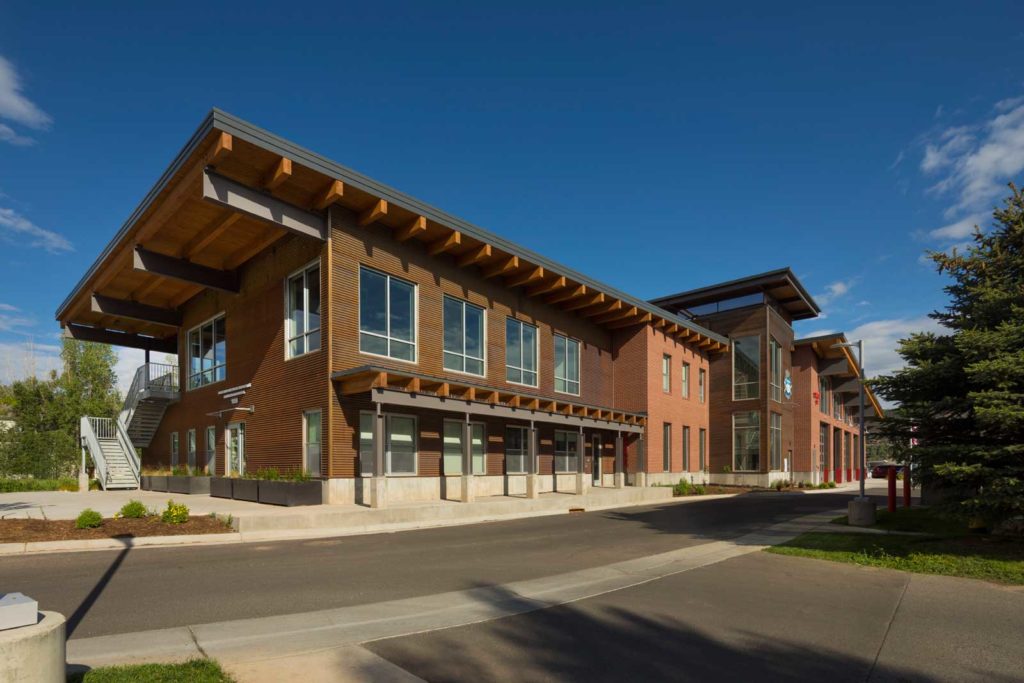

In July 2019, the National Fire Protection Association (NFPA) released a publication titled “Renovation Needs of the U.S. Fire Service.”
This was the fifth such report developed by the NFPA, with previous reports issued in 2001, 2005, 2010, and 2015. It is an assessment of five specific needs of fire stations:
- Number of stations over 40 years old (61 percent).
- Stations without diesel exhaust emission systems (59 percent).
- Stations without backup power (35 percent).
- Stations without accommodations for females (no percentage available).
- Mold remediation (no percentage available).
The 17-page report provides data on what the cost would be across the nation to remedy these shortcomings.
Fire station age is a focal point of the report. It is revealing to note that 61 percent of fire stations are over 40 years old while the percentage 20 years ago was 32 percent. That is not a positive trend—especially when dealing with the health and safety issues. As for cost, without getting into the weeds, the cost estimates for replacing 21,230 fire stations is in the $70 to $100 billion range.
Related Content
- Keeping It Safe: Financial Impact of Firefighter Injuries
- Keeping It Safe: Revised 1851, the Other PPE Items
- Keeping It Safe Archive
ADDITIONAL ISSUES
However, there are far more issues with fire stations than just the five topics mentioned. Obviously, the lack of funding is at the root of most of these needs. In the past generation, the number of all-volunteer fire departments has dwindled dramatically, and this trend will likely continue. Many have become combination departments, and many combination departments have become fully paid. This has changed the basic needs of a fire station as far as sleeping arrangements, kitchens, restrooms, showers, lockers, etc.
Forty years ago, very few fire departments were involved with some form of emergency medical service, hazmat, or special operations. Today, they are the norm as fire departments are now all-hazards response organizations. It has also changed the basic needs of a fire station, as many are out of bay space and storage areas. This has caused a huge increase in the number of responses out of a fire station and increased wear and tear.
In the late 1980s and early 1990s, firefighter fitness became a focal point, and this prompted a need for fitness rooms with exercise equipment. Also in the 1990s, the need to clean personal protective equipment emerged and then skyrocketed in the past 10 years, creating space needs for washers/extractors and drying equipment. This has led to the hot zone design for contamination control.
One can look at the anatomy of what a present-day fire station should have to properly serve the community while providing a secure, safe, and healthy work environment for the firefighters and being low maintenance. The anatomy includes, but is not limited to, the grounds; the exterior (parking, aprons, bollards, lighting, fencing, etc.); the entrance; the kitchen; the day room; the watch room; the dormitory; the apparatus bays; the restrooms; the showers; the personal lockers; fitness rooms; the cleaning room; equipment maintenance rooms; mechanical rooms; built-in training props; offices; meeting rooms; and storage, storage, and more storage.
Each of these spaces has particular needs as to how they should be drawn, equipped, and finished. We are now learning a lot about post traumatic stress disorder and behavioral health. Unbeknownst to many, there are ways to design and build a fire station to help minimize these growing concerns, such as finishes, colors, lighting, etc.
The information about fire stations is practically endless. Yet, many fire departments, even if they have funding for a new station, have no clue how to select an architect or what to request. Many very skilled and educated architects are clueless about the needs of a fire station because these needs are so unique. Many jurisdictions will require that a local architect be used to design a station, and the result is a facility with countless mistakes that will have to last for decades.
As one who has been involved with developing and delivering educational symposia about fire stations for 20 years, to me the attitude of elected officials and, to some extent, the general public is frustrating. A common phrase heard from governing bodies is that we aren’t going to build a Taj Mahal. And, that is not needed. However, a fire station should be a source of pride for a community and have a look and design that blend with and enhance the community. Unfortunately, the public will revolt at the thought of a fire station being built close to their property (the NIMBYs). We all feel that frustration when we know they will be first to complain when their call for help requires a long response. To my knowledge, there has never been a new fire station built that decreased the value of the adjoining or nearby properties. A former fire chief once said that the two most difficult things about a fire station are trying to put one in a neighborhood and trying to close one in a neighborhood. How true!
Next month’s column will be about what fire departments might do to help build or update their fire stations.
ROBERT TUTTEROW retired as safety coordinator for the Charlotte (NC) Fire Department and is a member of the Fire Apparatus & Emergency Equipment Editorial Advisory Board. His 40-year career includes 10 as a volunteer. He has been very active in the National Fire Protection Association through service on the Fire Service Section Executive Board and technical committees involved with safety, apparatus, and personal protective equipment. He is a founding member and president of the Fire Industry Education Resource Organization (F.I.E.R.O.).

